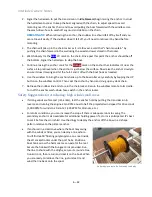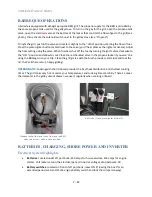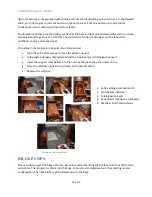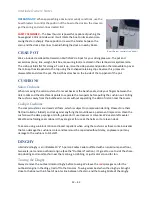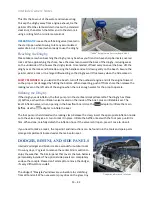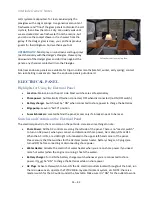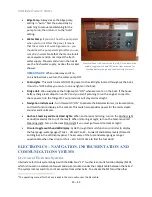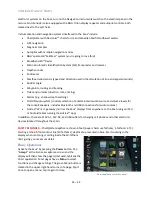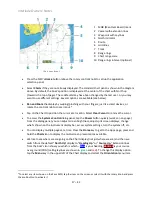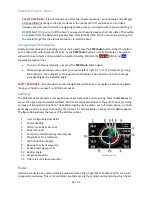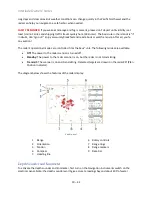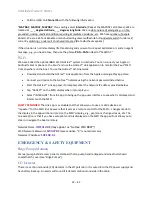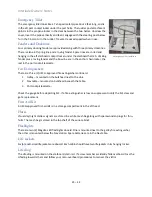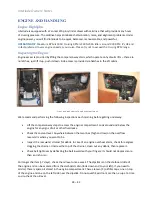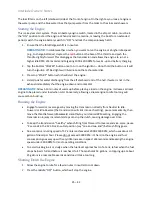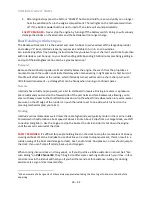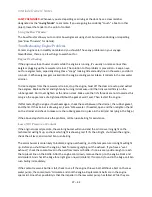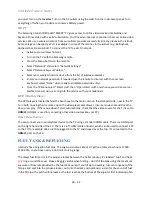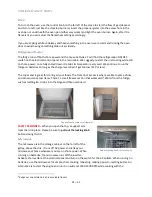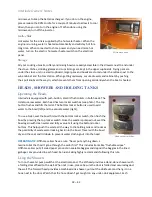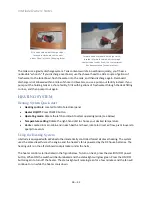
Interlude
Owners’ Notes
20
–
42
depth. Currents, water temperature, schooling fish, seaweed, or mermaids
5
can cause inaccurate
readings as the transducer tries to get a return signal in deeper waters. Use the depth sounder as an aid
to navigation in shallow water.
SAFETY REMINDER
–
Rocks are the greatest navigational and safety hazard in the islands, but they are
all clearly marked on the charts. Zoom in the Chartplotter as you approach the 60-foot (10-fathom)
contour line, so you can quickly see all obstacles.
The knotmeter shows boat speed through the water in knots. Remember that boat speed and speed
over ground (SOG) can be noticeably different in the Islands due to currents created by the tidal ranges.
During new and full moons
you’ll see
currents exceeding 4 knots, which can impact your navigation.
OPEATING TIP
: Currents (direction and velocity) are presented on the Zeus
2
Chart display and on the
B&G Triton repeater at the port helm. Cycle through the Triton displays by pressing the left-most page
key until the current display screen is shown.
SAFETY REMINDER
–
If the digital knotmeter shows a reading of 0.0 knots while underway, the impeller
may be clogged with eelgrass, which eventually floats off. If
it’s
stubborn, try removing it by traveling
briefly in reverse. But i
f the knotmeter is temporarily “
out of service,
”
use the speed over ground (SOG)
data provided by the GPS navigation system.
Wind Sensors
Wind speed and wind direction sensors are located at the top of the mast. True and apparent winds are
reported by the Zeus
2
MFD and the Triton repeater located at the port helm.
AIS
Interlude’s
AIS system will show the location
and tracks of all vessels also carrying an AIS
transponder. Targets appear on the Chart and
Radar displays. The figure shows the meaning
of the symbols used to display the AIS targets.
You can tap a target on the MFD screen to call
up its AIS identification and other relevant data
about the vessel including navigation data (e.g.,
location, course, speed, etc.).
VHF Radio Communications
Interlude
is equipped with a VHF marine radio located next to the Nav station in the main cabin. The
microphone for the radio is in a cradle just under the left side of the Nav table. Turn on the unit using
the knob in the upper right corner, which also adjusts the volume (squelch is adjusted with the knob in
the lower right corner; the 3
rd
knob changes channels).
Channel 16
is the default setting, allowing you to
monitor the US Coast Guard (USCG). Leave the radio tuned to Channel 16 in case an emergency
5
We can dream, right?
Symbols used in AIS display.

